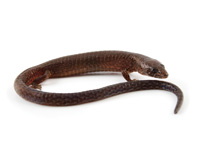Abstract
A new species of spider from Michoacán, Physocyclus peribanensis sp. nov. is described. This description is based on a male holotype and one female paratype. Also, the first description of the female of Physocyclus paredesi Valdez-Mondragón from Oaxaca, Mexico is provided, as well as the redescription of the male. This paper provides a cladistic reanalysis of the spider genus Physocyclus Simon, corroborating the monophyly of the genus with morphological data. The phylogenetic reanalysis was done with 54 morphological characters (44 binary and 10 multistate) using equal and implied weighting approach. The equal weighting analysis found two most parsimonious trees, whereas the analysis with implied weighting found just one most parsimonious trees with the concavity values (K= 5–10). The genus Physocyclus is composed by two clades or species groups: the globosus and the dugesi groups. Physocyclus peribanensis sp. nov. belongs to the dugesi group composed of 21 species, and P. paredesi to the globosus group composed of 11 species. With the new species described here, the number of known species of the genus Physocyclus increases to 32 species. The globosus group has a biogeographical distribution pattern in the Mesoamerican and Mexican Mountain biotic components, whereas the dugesi group has a biogeographical distribution in the Mesoamerican and Continental Nearctic biotic components.

